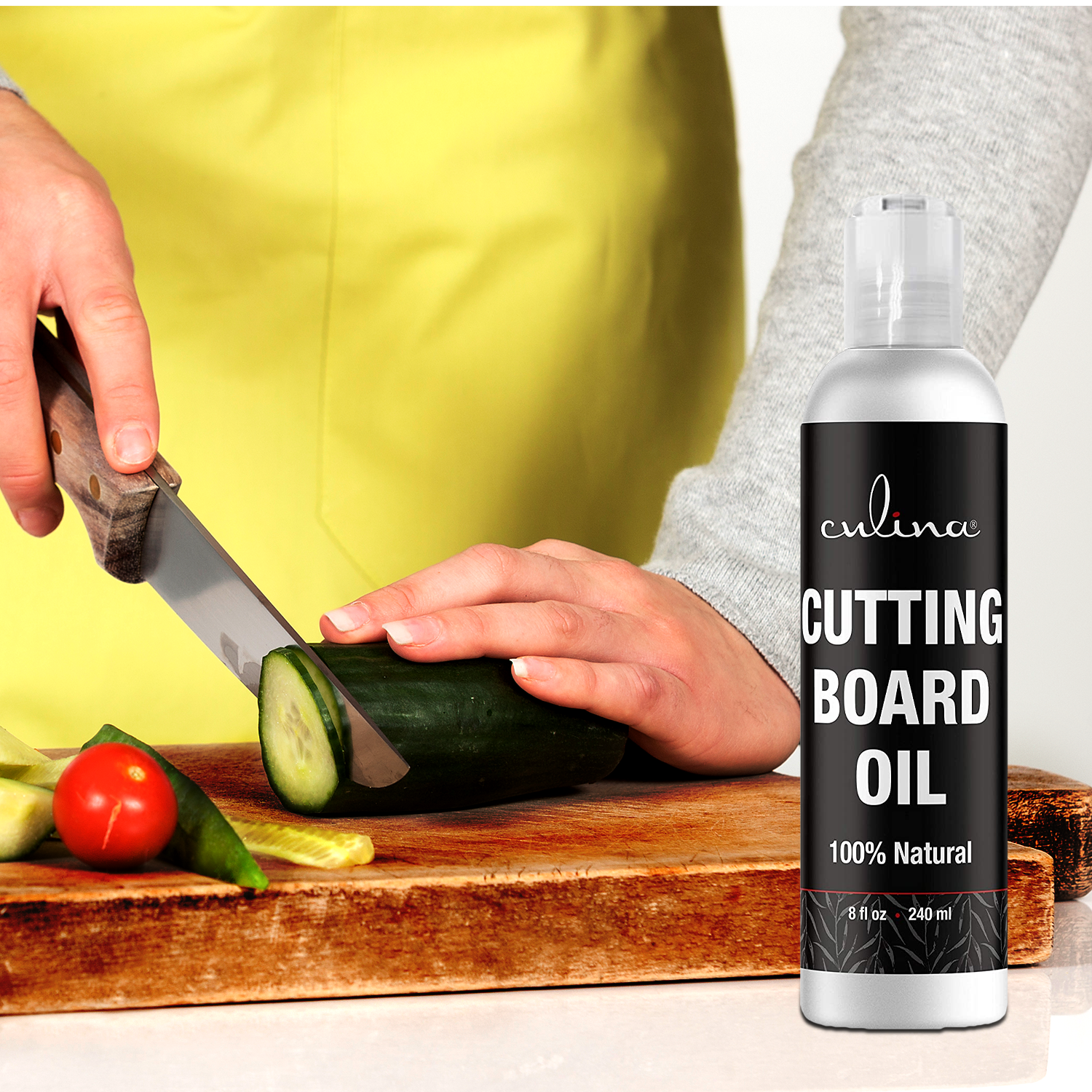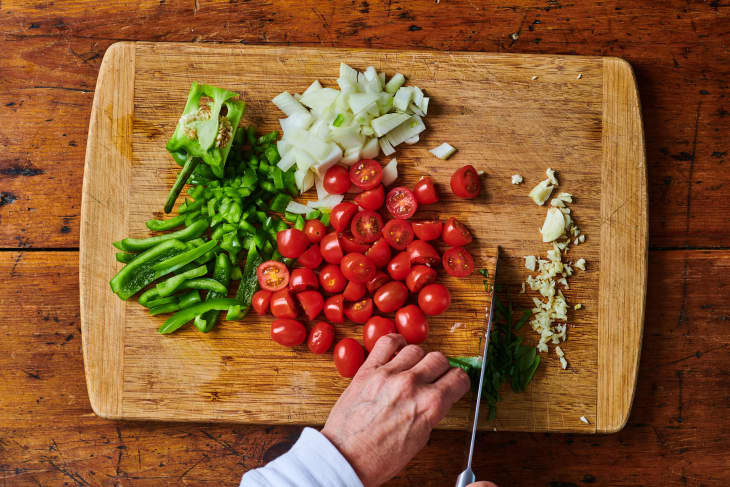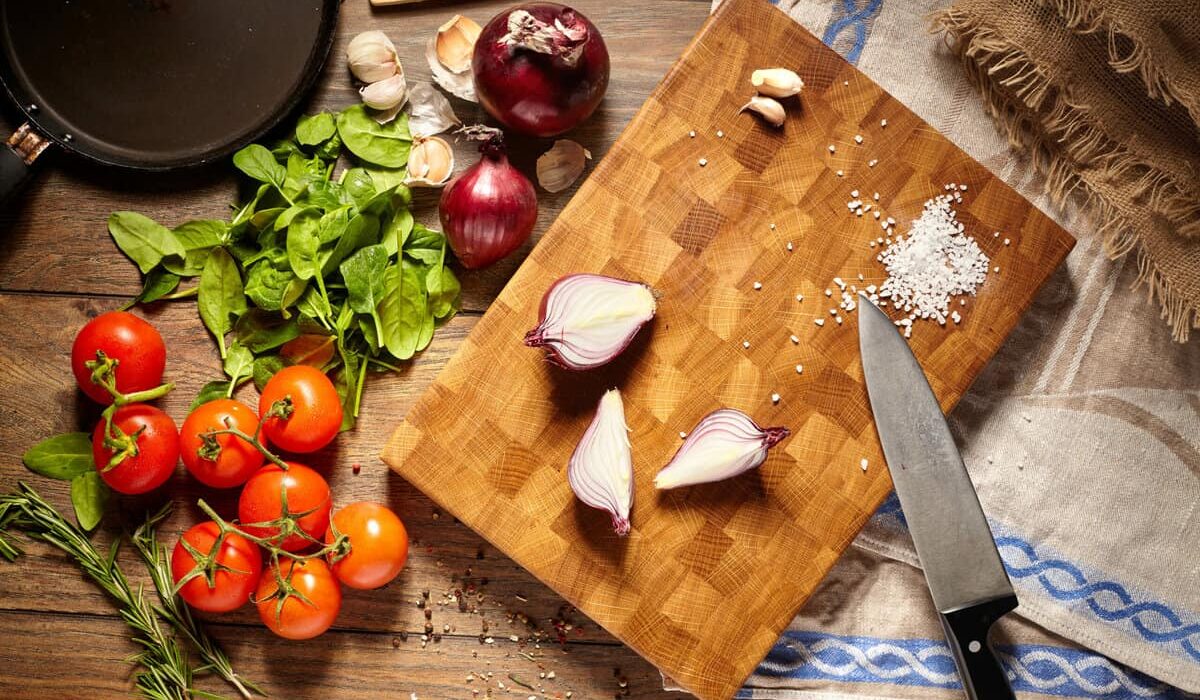
Introduction
A cutting board is one of the most crucial tools in any kitchen. It acts as the foundation for food preparation, providing a safe and stable surface for cutting and chopping ingredients. But, what exactly is a good cutting board? In this article, we’ll explore the various types, materials, and features that make a cutting board a great addition to your kitchen.

Types of Cutting Boards
Wooden Cutting Boards
Wooden cutting boards have been a kitchen staple for generations. They are favored for their longevity, aesthetic appeal, and the natural antimicrobial properties of wood. However, they require regular maintenance to prevent warping and cracking.
Plastic Cutting Boards
Plastic cutting boards are popular due to their affordability, durability, and low maintenance. They are dishwasher-safe and come in various colors, making them easy to designate for different types of food to prevent cross-contamination.
Composite Cutting Boards
Composite cutting boards combine the strengths of both wood and plastic. They are made from a mix of wood fibers and resin, providing a durable and low-maintenance surface. They are also gentle on knives, prolonging their sharpness.

Choosing the Right Material
Wood
Wood is an excellent choice for a cutting board due to its natural beauty and durability. Hardwoods like maple, walnut, and teak are particularly favored for their toughness and resistance to knife marks.
Bamboo
Bamboo is a sustainable and eco-friendly option. It is harder than most hardwoods, making it less prone to knife marks. However, it is important to note that bamboo boards can be prone to cracking if not properly cared for.
Size and Thickness
Small Cutting Boards
Small cutting boards are ideal for quick tasks like cutting fruits or chopping herbs. They are easy to store and clean, but may not provide enough space for larger tasks.
Large Cutting Boards
Large cutting boards provide ample space for all your chopping needs. They are especially useful for preparing large meals or when working with multiple ingredients. However, they can be cumbersome and require more storage space.
Thickness
The thickness of a cutting board affects its stability and durability. Thicker boards are less prone to warping and offer a more stable cutting surface. However, they are also heavier and can be more difficult to handle and clean.
Features to Consider
Juice Grooves
Juice grooves are a useful feature that helps to capture liquids from fruits, vegetables, and meats, preventing them from spilling onto your countertops. This feature is particularly beneficial when working with juicy ingredients.
Handles
Handles make it easier to lift and move the cutting board, especially when transferring food to a pot or pan. They also make it more convenient to clean and store the board.
Maintenance and Care
Cleaning your Cutting Board
Proper cleaning is essential to maintain the hygiene and longevity of your cutting board. Wooden boards should be hand-washed with mild soap and water, while plastic boards can be cleaned in the dishwasher. Avoid soaking wooden boards, as this can cause warping.
Visit cleaning wood cutting boards for more details on cleaning.
Oiling
Regular oiling is crucial for wooden boards to maintain their moisture and prevent cracks. Use food-grade mineral oil and apply it generously to the surface, allowing it to soak in overnight. Wipe off any excess oil in the morning.
Storage
Store your cutting board in a dry place to prevent moisture buildup and mold. Wooden boards should be stored upright to allow for proper air circulation.
FAQs
What is the best material for a cutting board?
The best material for a cutting board depends on your preferences and needs. Wood and bamboo are durable and gentle on knives, while plastic is affordable and easy to maintain.
How often should I oil my wooden cutting board?
Oil your wooden cutting board once a month or whenever it begins to look dry or dull. Regular oiling prevents cracks and maintains the board’s appearance.
Can I use the same cutting board for meat and vegetables?
It is best to use separate cutting boards for meat and vegetables to prevent cross-contamination. If using a single board, clean it thoroughly between uses.
As an Amazon Associate, I earn from qualifying purchases.


